Description
COD Colorimeter MD 610 Lovibond Germany
Highlights
- Easily transfer testing data directly from the field using the AquaLX app
- Portable instrument for use in the lab, plant or out in the field
- Multi-Parameter Testing device combines all of the key water testing parameters and testing ranges
The MD 610 multi-parameter photometer features a Bluetooth® interface which allows for the sending and sharing of testing data directly from the field. Pre-programmed with over 120 water testing parameters and ranges, it is the ideal field instrument for a variety of applications and industries.
- Easy Access to new testing parameter and ranges
Never have an outdated instrument again! As additional test methods become available, the new software update is available as a free download on our website. - On-screen access to important test information
Using the correct reagent and sample cell for a preprogrammed calibration curve is essential to achieving accurate results. With the push of a button, it’s easy to confirm what is required for the test. The method information will also show which conversion factors can be automatically applied to a method, so results are displayed in the required reporting units. - No Need to memorize method numbers to access a testing method
The scroll-driven menu system allows you to navigate to the test you need without the need to memorize the test method number. In addition, a Users Favorite Menu can be defined so that the instrument displays only the testing methods you want to see, - Data Storage and Transfer Capabilities
Store up to 1,000 readings with location ID, time and date stamp. Test data stored on the instrument can be easily exported using the IRiM accessory, which uses an infrared connection to export data directly to an Excel or .txt file. - Choice of Reagent Platforms
With over 120 pre-programmed testing methods on one instrument, many parameters offer the choice of using Tablet, Powder Pack or Liquid reagents. - Create User-Defined Calibration Curves
Have a proprietary testing method or a requirement to conform to a specific governmental or organizational standard method? Tired of converting ABS or %T values into meaningful values? It’s easy to create and store as many as 35 user-defined methods on the MD 600 series. Up to a 25 order polynomial along with test parameters such as wavelength, measuring range, unit type and number of decimals displayed can be defined and implemented. - Accurate, Reproducible Results
The optical system of the MD 600 series operates with six unique wavelengths. By utilizing LEDs and interference filters, the instrument quickly gives you results that you can be confident in. - One-time-Zero Function
Don’t waste time waiting for your instrument to Zero after each test. When testing a new sample, zero the instrument once and all subsequent tests of that sample do not require you to re-zero the instrument.
| Optics | LEDs, interference filters (IF) and photo sensor in transparent sample chamber Wavelength range: 430 nm IF Δλ = 5 nm 530 nm IF Δλ = 5 nm 560 nm IF Δλ = 5 nm 580 nm IF Δλ = 5 nm 610 nm IF Δλ = 6 nm 660 nm IF Δλ = 5 nm IF = interference filter |
| Wavelength Accuracy | ± 1 nm |
| Photometric Accuracy | 2 % FS (T = 20 °C – 25 °C) |
| Suitable Vials | Multi vial 10 mm Round Cuvettes 13 mm Round Cuvettes 16 mm Round Cuvettes 24 mm |
| Display | Graphic-display |
| Interfaces | Bluetooth |
| Operation | Acid and solvent resistant, touch-sensitive keypad with audible Feedback via integrated beeper |
| Auto – OFF | Yes |
| Updates | Software updates via Internet |
| Internal Storage | approx. 500 data sets |
| Power Supply | 4 batteries (Mignon AA/LR6) |
| Battery Life Time | approx. 26 h |
| Beeper | existing |
| Portability | Benchtop |
| Environmental Conditions | 5 – 40 °C at max. 30 – 90 % Conditions rel. humidity (non condensing) |
| Protection Class | IP 68 |
| Compliance | CE |
| Languages User Interface | German, English, French, Spanish, Italian, Portuguese, Polish, Indonesian |
| Dimensions | 95 x 45 x 210 mm |
| Testparameter | Measuring Range | Method No. | Chemical Method |
|---|---|---|---|
| Alkalinity-m HR T | 5 – 500 mg/L CaCO3 | M31 | Acid / Indicator |
| Alkalinity-m T | 5 – 200 mg/L CaCO3 | M30 | Acid / Indicator |
| Alkalinity-p T | 5 – 500 mg/L CaCO3 | M35 | Acid / Indicator |
| Aluminium PP | 0.01 – 0.25 mg/L Al | M50 | Eriochrom Cyanine R |
| Aluminium T | 0.01 – 0.3 mg/L Al | M40 | Eriochrom Cyanine R |
| Ammonia HR TT | 1.0 – 50 mg/L N | M66 | Salicylate |
| Ammonia LR TT | 0.02 – 2.5 mg/L N | M65 | Salicylate |
| Ammonia PP | 0.01 – 0.8 mg/L N | M62 | Salicylate |
| Ammonia T | 0.02 – 1 mg/L N | M60 | Indophenole Blue |
| Bromine PP | 0.05 – 4.5 mg/L Br2 | M81 | DPD |
| Bromine T | 0.05 – 13 mg/L Br2 | M80 | DPD |
| Chloramine (M) PP | 0.02 – 4.5 mg/L NH2Cl as Cl2 | M63 | Indophenole method |
| Chloride L (B) | 0.5 – 20 mg/L Cl– | M92 | Mercury Thiocyanate / Iron Nitrate |
| Chloride T | 0.5 – 25 mg/L Cl– | M90 | Silver Nitrate / Turbidity |
| Chlorine (free) and Monochloramine | 0.02 – 4.50 mg/L Cl2 | M64 | Indophenole method |
| Chlorine dioxide PP | 0.04 – 3.8 mg/l ClO2 | M122 | DPD |
| Chlorine dioxide T | 0.02 – 11 mg/l ClO2 | M120 | DPD / Glycine |
| Chlorine HR (KI) T (105) | 5 – 200 mg/L Cl2 | M105 | KI / Acid |
| Chlorine HR PP | 0.1 – 8 mg/L Cl2 | M111 | DPD |
| Chlorine HR T | 0.1 – 10 mg/L Cl2 | M103 | DPD |
| Chlorine L | 0.02 – 4.0 mg/L Cl2 | M101 | DPD |
| Chlorine MR PP | 0.02 – 3.5 mg/L Cl2 | M113 | DPD |
| Chlorine PP | 0.02 – 2 mg/L Cl2 | M110 | DPD |
| Chlorine T | 0.01 – 6.0 mg/L Cl2 | M100 | DPD |
| Chromium PP | 0.02 – 2 mg/L Cr | M125 | Diphenylcarbazide |
| COD HR TT | 200 – 15000 mg/L COD | M132 | Dichromate / H2SO4 |
| COD LMR TT | 15 – 300 mg/L COD | M133 | Dichromate / H2SO4 |
| COD LR TT | 3 – 150 mg/L COD | M130 | Dichromate / H2SO4 |
| COD MR TT | 20 – 1500 mg/L COD | M131 | Dichromate / H2SO4 |
| Copper L | 0.05 – 4 mg/L Cu | M151 | Bicinchoninate |
| Copper PP | 0.05 – 5 mg/L Cu | M153 | Bicinchoninate |
| Copper T | 0.05 – 5 mg/L Cu | M150 | Biquinoline |
| CyA HR T | 10 – 200 mg/L CyA | M161 | Melamine |
| Cyanide L | 0.01 – 0.5 mg/L CN– | M157 | Pyridine-barbituric Acid |
| CyA T | 10 – 160 mg/L CyA | M160 | Melamine |
| DEHA PP | 0.02 – 0.5 mg/L DEHA | M167 | PPST |
| DEHA T (L) | 0.02 – 0.5 mg/L DEHA | M165 | PPST |
| Fluoride L | 0.05 – 2 mg/L F– | M170 | SPADNS |
| H2O2 HR L | 40 – 500 mg/L H2O2 | M214 | Titanium Tetrachloride / Acid |
| H2O2 LR L | 1 – 50 mg/L H2O2 | M213 | Titanium Tetrachloride / Acid |
| H2O2 T | 0.03 – 3 mg/L H2O2 | M210 | DPD / Catalyst |
| Hardness Calcium (B) T | 20 – 500 mg/L CaCO3 | M191 | Murexide |
| Hardness Calcium (B) T | 50 – 900 mg/L CaCO3 | M190 | Murexide |
| Hardness total HR T | 20 – 500 mg/L CaCO3 | M201 | Metallphthaleine |
| Hardness total T | 2 – 50 mg/L CaCO3 | M200 | Metallphthaleine |
| Hazen 24 | 10 – 500 mg/L Pt | M204 | (APHA) Platinum Cobalt Standard Method |
| Hydrazine C | 0.01 – 0.7 mg/L N2H4 | M207 | PDMAB |
| Hydrazine L | 0.01 – 0.6 mg/L N2H4 | M206 | Dimethylaminobenzaldehyde |
| Hydrazine P | 0.05 – 0.5 mg/L N2H4 | M205 | Dimethylaminobenzaldehyde |
| Hypochlorite T | 0.2 – 16 % NaOCl | M212 | Potassium Iodide |
| Iron (TPTZ) PP | 0.02 – 1.8 mg/L Fe | M223 | TPTZ |
| Iron HR L | 0.1 – 10 mg/L Fe | M227 | Thioglycolate |
| Iron in Mo PP (224) | 0.01 – 1.8 mg/L Fe | M224 | TPTZ |
| Iron LR L (A) | 0.03 – 2 mg/L Fe | M225 | Ferrozine / Thioglycolate |
| Iron LR L (B) | 0.03 – 2 mg/L Fe | M226 | Ferrozine / Thioglycolate |
| Iron PP | 0.02 – 3 mg/L Fe | M222 | 1,10-Phenanthroline |
| Iron T | 0.02 – 1 mg/L Fe | M220 | Ferrozine / Thioglycolate |
| KS4.3 T | 0.1 – 4 mmol/L KS4.3 | M20 | Acid / Indicator |
| lodine T | 0.05 – 3.6 mg/L I | M215 | DPD |
| Manganese HR PP | 0.1 – 18 mg/L Mn | M243 | Periodate Oxidation |
| Manganese L | 0.05 – 5 mg/L Mn | M245 | Formaldoxime |
| Manganese LR PP | 0.01 – 0.7 mg/L Mn | M242 | PAN |
| Manganese T | 0.2 – 4 mg/L Mn | M240 | Formaldoxime |
| Molybdate HR L | 1 – 100 mg/L MoO4 | M254 | Thioglycolate |
| Molybdate HR PP | 0.3 – 40 mg/L Mo | M252 | Mercaptoacetic Acid |
| Molybdate LR PP | 0.03 – 3 mg/L Mo | M251 | Ternary Complex |
| Molybdate T | 1 – 50 mg/L MoO4 | M250 | Thioglycolate |
| Nickel L | 0.2 – 7 mg/L Ni | M256 | Dimethylglyoxime |
| Nitrate T | 0.08 – 1 mg/L N | M260 | Zinc Reduction / NED |
| Nitrate TT | 1 – 30 mg/L N | M265 | Chromotropic Acid |
| Nitrite PP | 0.01 – 0.3 mg/L N | M272 | Diazotation |
| Nitrite T | 0.01 – 0.5 mg/L N | M270 | N-(1-Naphthyl)-ethylendiamine |
| Nitrite VHR L | 25 – 2500 mg/L NO2 – | M271 | Ferrous Sulfate Method |
| Oxygen active T | 0.1 – 10 mg/L O2 | M290 | DPD |
| Oxygen dissolved C | 10 – 800 µg/L O2 | M292 | Rhodazine D TM |
| Ozone PP | 0.015 – 2 mg/L O3 | M301 | DPD / Glycine |
| Ozone T | 0.02 – 2 mg/L O3 | M300 | DPD / Glycine |
| Phenol T | 0.1 – 5 mg/L C6H5OH | M315 | 4-Aminoantipyrine |
| PHMB T | 2 – 60 mg/lLPHMB | M70 | Buffer / Indicator |
| Phosphate h. TT | 0.02 – 1.6 mg/L P | M325 | Phosphomolybdenum Blue |
| Phosphate HR C | 1.6 – 13 mg/L P | M327 | Vanadomolybdate |
| Phosphate HR L | 5 – 80 mg/L PO4 | M335 | Vanadomolybdate |
| Phosphate HR T | 0.33 – 26 mg/L P | M321 | Vanadomolybdate |
| Phosphate LR C | 0.02 – 1.6 mg/L P | M328 | Stannous Chloride |
| Phosphate LR L | 0.1 – 10 mg/L PO4 | M334 | Phosphomolybic Acid / Ascorbic Acid |
| Phosphate LR T | 0.02 – 1.3 mg/L P | M320 | Phosphomolybdenum Blue |
| Phosphate PP | 0.02 – 0.8 mg/L P | M323 | Phosphomolybdenum Blue |
| Phosphate t. TT | 0.02 – 1.1 mg/L P | M326 | Phosphomolybdenum Blue |
| Phosphate TT | 0.02 – 1.63 mg/L P | M324 | Phosphomolybdenum Blue |
| Phosphonate PP | 0.02 – 125 mg/L PO4 | M316 | Persulfate UV Oxidation Method |
| pH-value HR T | 8.0 – 9.6 pH | M332 | Thymol Blue |
| pH value L | 6.5 – 8.4 pH | M331 | Phenol Red |
| pH-value LR T | 5.2 – 6.8 pH | M329 | Bromocresolpurple |
| pH-value T | 6.5 – 8.4 pH | M330 | Phenol Red |
| Polyacrylate L | 1 – 30 mg/L Polyacryl | M338 | Turbidity |
| Potassium T | 0.7 – 16 mg/L K | M340 | Tetraphenylborat Turbidity |
| Silcate T | 0.05 – 4 mg/L SiO2 | M350 | Silicomolybdenum Blue |
| Silicate HR PP | 1 – 90 mg/L SiO2 | M352 | Silicomolybdate |
| Silicate L | 0.1 – 8 mg/L SiO2 | M353 | Heteropolyblue |
| Silicate LR PP | 0.1 – 1.6 mg/L SiO2 | M351 | Heteropolyblue |
| Sulphate HR PP | 50 – 1000 | M361 | Bariumsulphate Turbidity |
| Sulphate PP | 5 – 100 mg/L SO4 2- | M360 | Bariumsulphate Turbidity |
| Sulphate T | 5 – 100 mg/L SO4 2- | M355 | Bariumsulphate Turbidity |
| Sulphide L | 15 – 1400 µg/L S2- | M366 | Methylene Blue |
| Sulphide T | 0.04 – 0.5 mg/L S2- | M365 | DPD / Catalyst |
| Sulphite T | 0.1 – 5 mg/L SO3 | M370 | DTNB |
| Surfactants M. (anion.) TT | 0.05 – 2 mg/L SDSA | M376 | Methylene Blue |
| Surfactants M. (cation.) TT | 0.05 – 1.5 mg/L CTAB | M378 | Disulphine Blue |
| Surfactants M. (not ionic) TT | 0.1 – 7.5 mg/L Triton X-100 | M377 | TBPE |
| Suspended solids 24 | 10 – 750 mg/L TSS | M384 | Turbidity / Attenuated Radiation Method |
| Tannin L | 0.5 – 20 mg/L Tannin | M389 | |
| TN HR TT | 5 – 150 mg/L N | M281 | Persulphate Digestion |
| TN LR TT | 0.5 – 25 mg/L N | M280 | Persulphate Digestion |
| TOC HR M. TT | 50 – 800 mg/L TOC | M381 | H2SO4 / Persulphate / Indicator |
| TOC LR M. TT | 5 – 80 mg/L TOC | M380 | H2SO4 / Persulphate / Indicator |
| Triazole PP | 1 – 16 mg/L Benzotriazole or Tolyltriazole | M388 | Catalyzed UV Digestion |
| Turbidity 24 | 10 – 1000 FAU | M386 | Attenuated Radiation Method |
| Urea T | 0.1 – 2.5 mg/L Urea | M390 | Indophenol / Urease |
| Zinc L | 0.1 – 2.5 mg/L Zn | M405 | Zincon / EDTA |
| Zinc T | 0.02 – 1 mg/L Zn | M400 | Zincon |

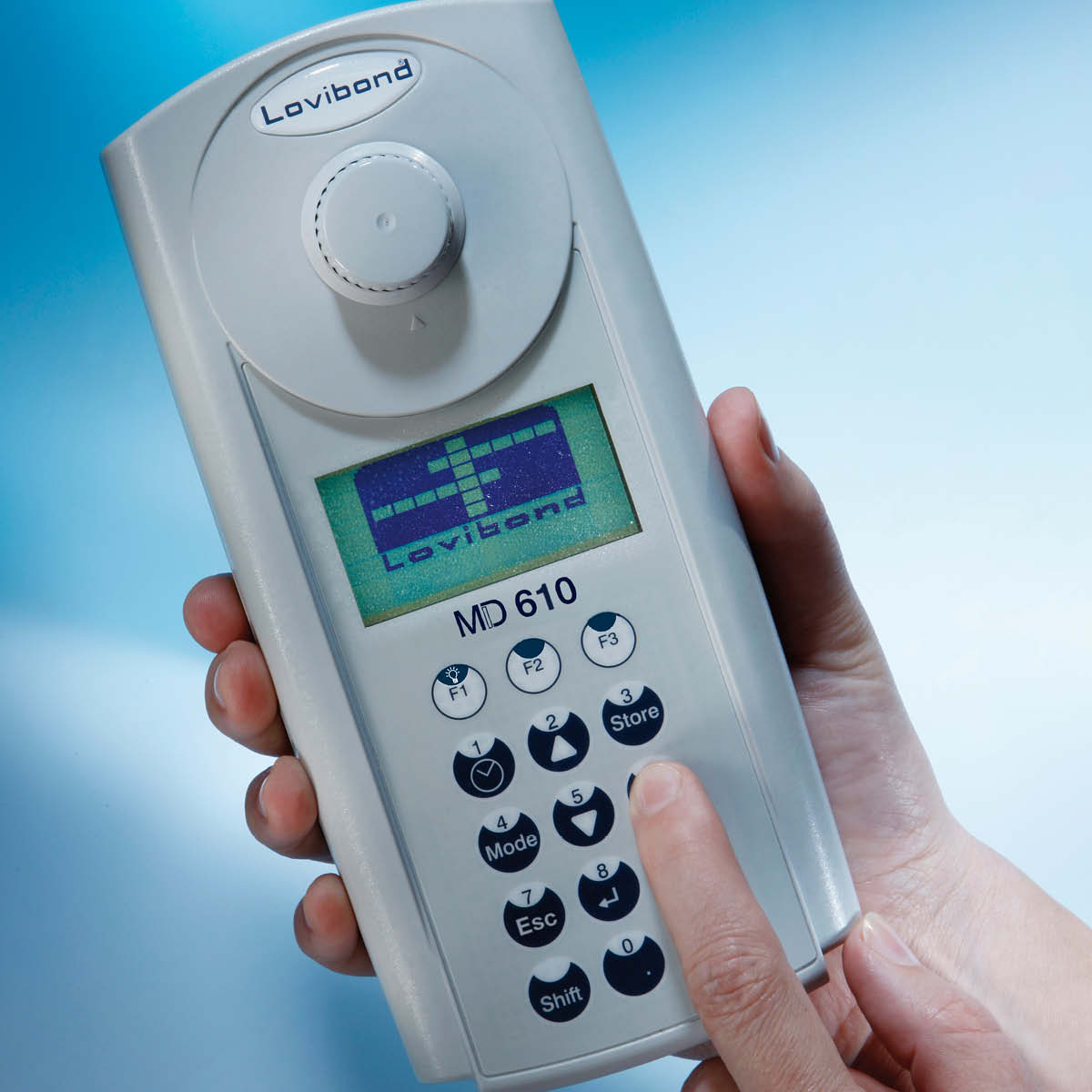

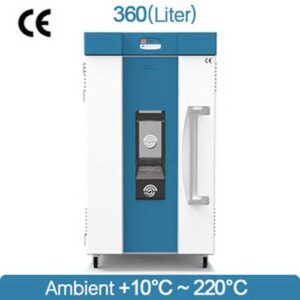

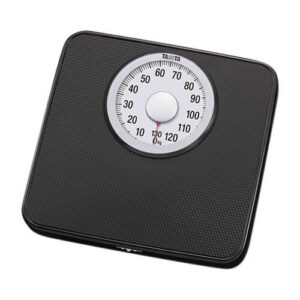
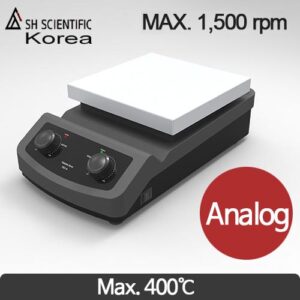
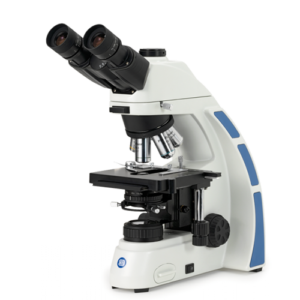
Reviews
There are no reviews yet.